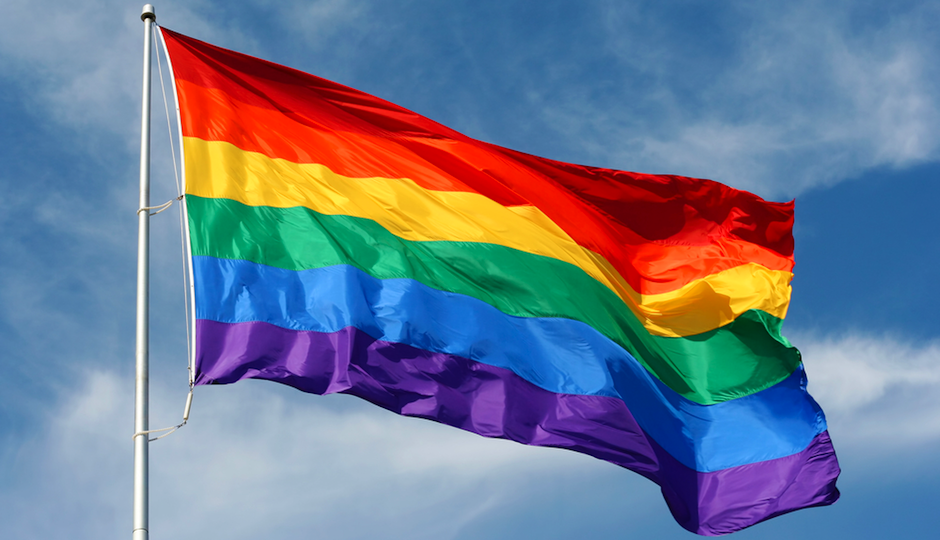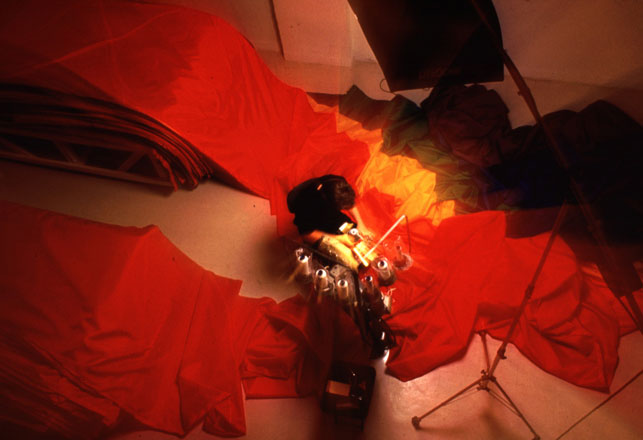Art World
MoMA Acquires the Rainbow Flag, Because It Is Fabulous


Cait Munro

The Museum of Modern Art’s latest acquisition is certainly an icon, but it’s probably not the first thing that springs to mind when you think of things likely to be acquired by an art museum.
The Rainbow Flag is a universal symbol of LGBTQ pride, and was created in 1978 by artist Gilbert Baker.
The flag comes to the museum’s department of architecture and design during global celebrations for Gay Pride Month.
“It is not just a logo—it functions in so many different ways,” Baker told MoMA curatorial assistant Michelle Millar Fisher in an interview. “I thought that we needed that kind of symbol, that we needed as a people something that everyone instantly understands…flags are about proclaiming power.”

Gilbert Baker sewing the Rainbow Flag in NYC, 1994.
Photo: Mick Hicks, via MoMA.
Baker, who was part of the drag scene in 1970s San Francisco, created and sewed the first flag with the help of a group of friends at the Gay Community Center, using natural dye, salt, and yards of cotton.
“I wanted to make it at the center, with my friends—it needed to have a real connection to nature and community,” he recalls. “The rainbow is so perfect because it really fits our diversity in terms of race, gender, ages, all of those things. Plus, it’s a natural flag—it’s from the sky!”
It was first raised in the United Nations Plaza in downtown San Francisco on June 25, 1978. The first flags were created by hand by Baker and a team of volunteers, but the symbol soon exploded into an iconic motif, displayed not only on flags around the world but also on t-shirts, bumper stickers, and even, according to Baker, pet accessories.
The museum’s design department also owns “@” symbol, which they acquired in 2010, the Creative Commons logo, and the recycling symbol.